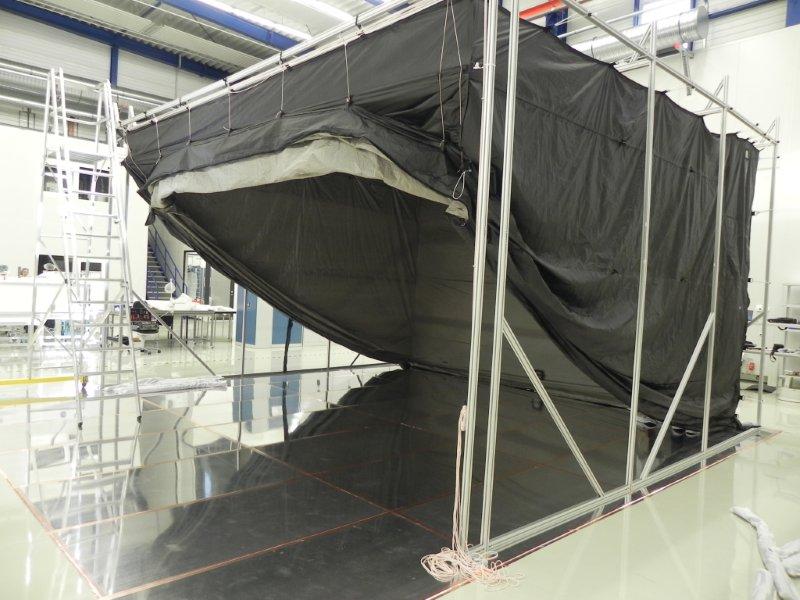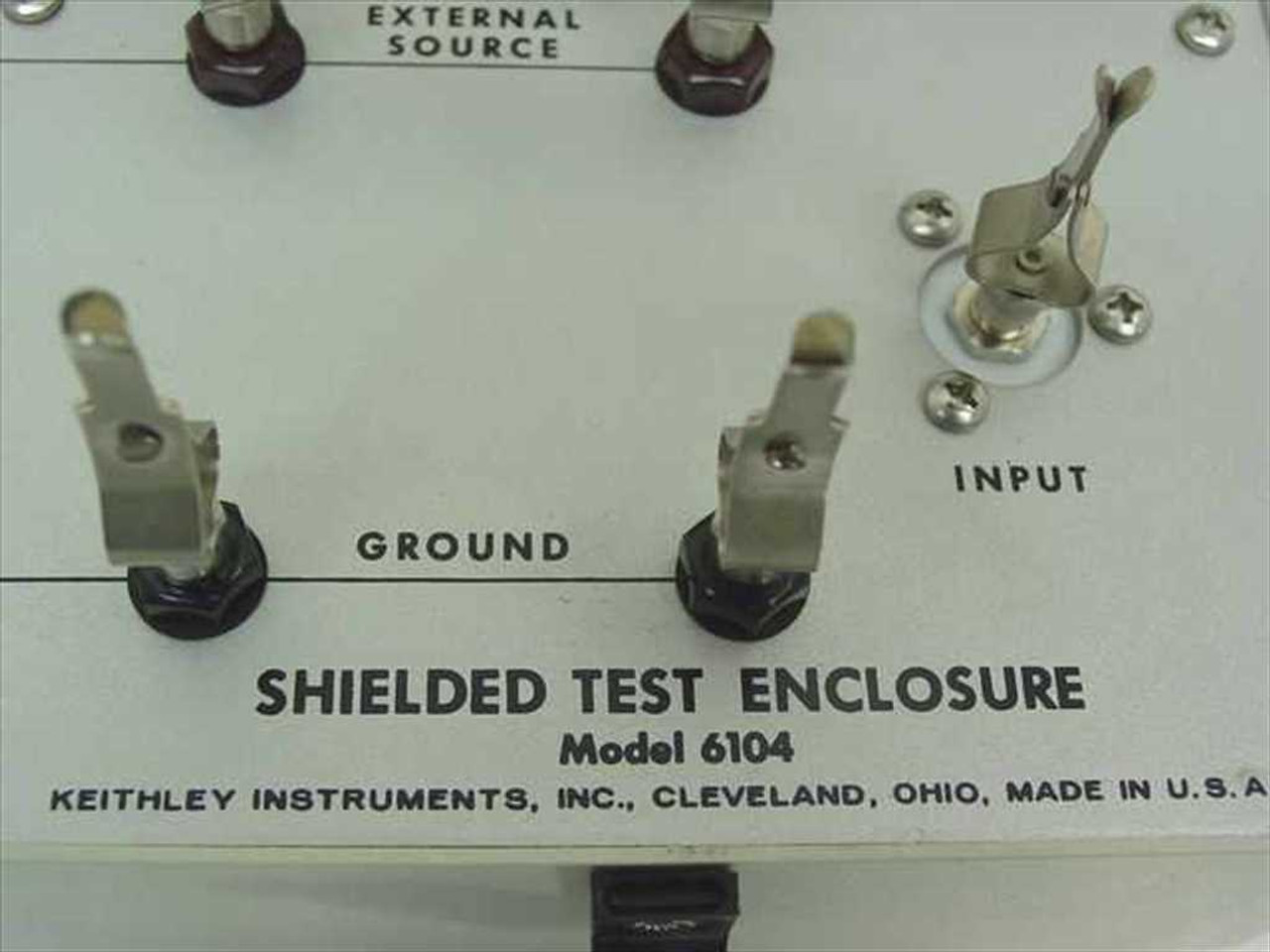Exploring the Flexibility of Shielded Examination Rooms in Different Digital Checking Scenarios
In the world of digital testing, the relevance of protected test units can not be overstated. These specialized enclosures play a vital function in ensuring the precision and reliability of test results across a range of testing circumstances. From electro-magnetic compatibility testing to signal honesty assessments and past, protected test units use a level of accuracy and control that is crucial in today's complicated electronic landscape. As we explore their versatility in different testing applications, a deeper understanding of their influence on the precision and effectiveness of screening procedures emerges, losing light on the critical duty they play in guaranteeing the quality and efficiency of electronic gadgets.
Relevance of Shielded Test Rooms
The value of shielded examination units in digital screening can not be overemphasized because of their critical role in guaranteeing reputable and precise examination results. Protected test units give a regulated screening setting by preventing external electromagnetic disturbance from influencing the efficiency of digital tools under examination. This protecting is necessary for maintaining the integrity of the screening process, specifically when dealing with sensitive elements or signals that can be conveniently affected by outside elements.

In essence, the significance of shielded test units depends on their capacity to create a steady and interference-free testing setting, eventually contributing to the accuracy, integrity, and integrity of electronic screening processes.

Applications in Electromagnetic Compatibility Screening
With the foundational duty of shielded test rooms in making sure accurate and trusted digital screening outcomes developed, their application in electromagnetic compatibility testing emerges as an essential aspect in confirming the durability of electronic gadgets versus exterior electromagnetic interference. In electro-magnetic compatibility screening, protected examination enclosures play a critical function in producing regulated screening settings that imitate real-world electromagnetic conditions. By isolating the device under test from outside electro-magnetic signals, these rooms allow designers to examine the tool's performance under differing electro-magnetic disturbance degrees precisely. Shielded test rooms assist in determining potential vulnerabilities of electronic devices to electromagnetic interference and enable the execution of necessary design alterations to enhance their electromagnetic strength - faraday cage rochester. These rooms help in conformity testing with governing requirements associated to electromagnetic compatibility, ensuring that digital gadgets meet the called for electro-magnetic discharge and resistance levels. In general, shielded examination rooms are indispensable devices in electro-magnetic compatibility testing, providing a regulated environment for exact analysis and validation of electronic gadgets' resilience against electro-magnetic interference.
Enhancing Signal Stability Checking
Just how can protected examination enclosures raise the accuracy of signal integrity screening in digital gadgets? Secured examination units play a vital role in enhancing signal integrity testing by offering a controlled setting that minimizes external interference and sound. These units develop a shielded space that isolates the gadget under test from outside magnetic fields, making certain that the signals being measured properly represent the gadget's true performance.
By lowering electromagnetic interference, shielded examination enclosures aid engineers attain much more dependable and precise dimensions of signal stability parameters such as increase crosstalk, time, and jitter. This accuracy is important for assessing the top quality of high-speed digital signals and ensuring that digital gadgets satisfy industry criteria for efficiency and reliability.
Furthermore, secured units enable designers to replicate real-world operating problems by producing a controlled electro-magnetic environment. This capacity is especially important for signal integrity screening in devices that are delicate to external electro-magnetic interference, such as cordless communication systems and high-speed information networks.
Flexibility in IoT Tool Screening
Flexibility plays a key function in effectively checking IoT tools for click here now their performance and performance throughout varied scenarios. IoT tools encompass a large range of interconnected tools, from sensors and actuators to complex wise systems. Testing the performance and performance of these devices needs a functional approach that can adapt to the various communication methods, frequencies, and environmental conditions that IoT devices run in.
Secured examination rooms use the convenience needed for testing IoT gadgets by giving a regulated testing setting that can simulate real-world conditions while making sure exact and trustworthy outcomes. These units can secure versus electro-magnetic interference, mimic different RF atmospheres, and give a regulated temperature level and moisture setup, enabling extensive screening of IoT gadgets in various scenarios.
Moreover, the adaptability of secured examination enclosures allows engineers to evaluate IoT tools under various network problems, power degrees, and signal staminas, ensuring that the devices can carry out optimally in diverse IoT deployment circumstances. By utilizing protected test rooms for IoT tool testing, designers can confirm the capability, efficiency, and dependability of these tools across a vast array of real-world problems, eventually resulting in the growth of efficient and durable IoT remedies.
Duty in RF and Wireless Screening
Protected test rooms play an essential role in making certain the precision and reliability of RF and wireless screening for digital gadgets (rf chamber rochester). These rooms supply a separated testing setting devoid of outside disturbance, allowing designers to determine real efficiency of RF circuits and wireless interaction systems. By developing a protected space, these units avoid signals from running away and block outside signals from entering, allowing precise dimensions and consistent outcomes
In RF testing, protected test rooms are important for reviewing the performance of antennas, transmitters, receivers, and various other RF elements. The controlled atmosphere within the unit helps in identifying the radiation patterns, signal strength, and regularity reaction of RF tools accurately. In wireless testing scenarios, these enclosures imitate real-world conditions while guaranteeing that signals continue to be included within the test arrangement, without creating disturbance to outside systems.
Verdict
To conclude, shielded test rooms play a crucial function in different digital screening circumstances such as electro-magnetic compatibility screening, signal integrity testing, IoT gadget testing, and RF and wireless testing. Their adaptability from this source enables for the exact and reliable testing of electronic gadgets in controlled atmospheres, guaranteeing ideal performance and functionality. Generally, protected test enclosures are important tools in the field of electronics screening, giving a secured atmosphere for exact measurements and analysis.

Comments on “Ultimate Faraday Cage Rochester: Protect Your Electronic Devices from RF Disturbance”